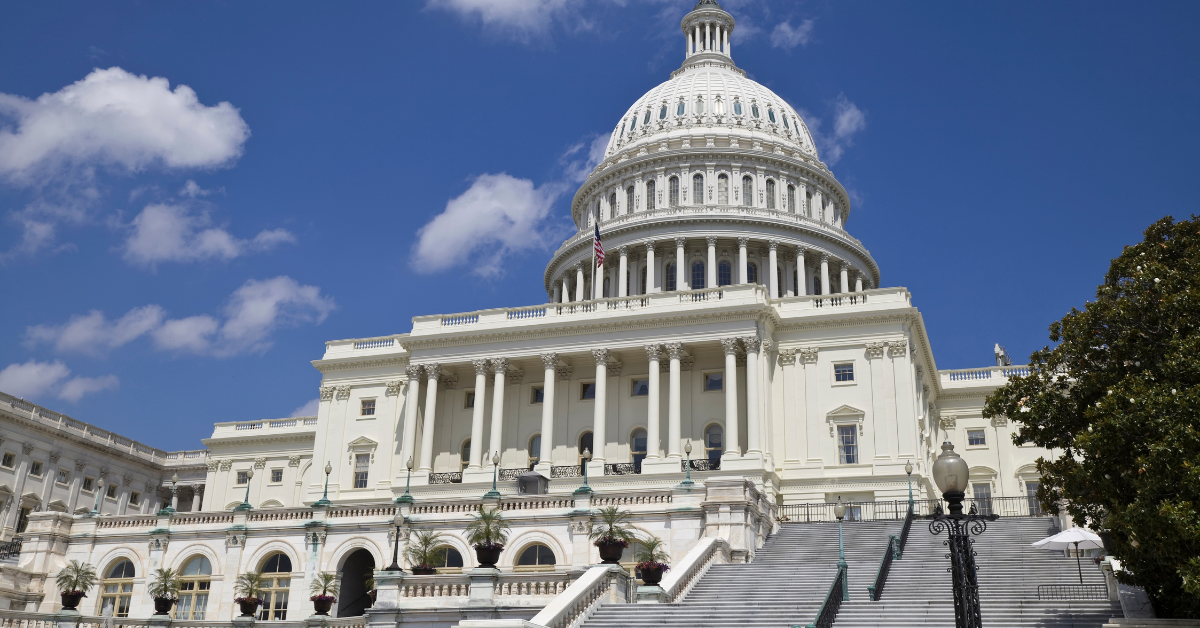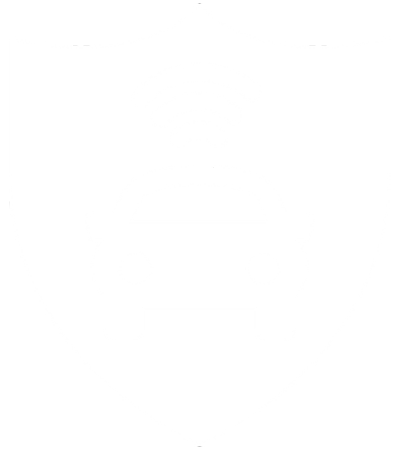You may be wondering about all the different aspects of the CARES Act and how it can help you reopen school safely in the fall. In this article, we explain the key elements of the CARES Act and provide ideas on how to make the best use of the CARES Act funding to address campus health and wellness challenges.
The third federal COVID-19 relief package, the Coronavirus Aid, Relief, and Economic Security (CARES) Act, included $30.75 billion for education, called the Education Stabilization Fund. This funding was split among governors, state education agencies (SEAs) and local education agencies (LEAs), and institutions of higher education (IHEs).
CARES Act Funding for Governors
Governors were allocated $3 billion, with funding distributed through a formula that is based on the state’s population ages 5 – 24 and the state’s number of Title I students under the Every Student Succeeds Act (ESSA). This funding is called the Governor’s Emergency Education Relief Fund (GEER Fund), and each governor’s allocation can be found here.
Every governor has applied for these funds and has received approval from the U.S. Department of Education (USDoE). Governors have broad discretion in deciding how much of their allocation goes to K-12 and how much to postsecondary. The funds can be used to support LEAs significantly impacted by the pandemic, IHEs, or other education-related entities to continue to provide educational services, the provision of childcare and early childhood education, social and emotional support, and the protection of education-related jobs.
If it hasn’t happened already, the funding received by governors should start flowing to recipients in the near future. And if you are unsure if your district is receiving funding from the governor, contact your state educational agency for details.
CARES Act Funding State and Local Educational Agencies
State education agencies (SEAs) and local educational agencies (LEAs) received $13 billion from the CARES Act. The funding is allocated to each State and district based on their relative share of Title I of ESSA. From the total amount received, SEAs must distribute at least 90% of the funding to LEAs (including charter schools that are LEAs), according to the LEAs’ Title I share. SEAs can retain up to 10% for state-level activities.
This funding is called the Elementary and Secondary School Emergency Relief Fund (ESSER Fund), and the USDoE has determined each state’s allocation. Most States have posted on their websites how much each district in the state will receive. For example, Missouri has posted their district allocations here. However, not all States have posted this information, and you should contact your SEA if you don’t know how much funding you may be receiving.
Like the governors’ funding, ESSER funds are also very flexible. For example, ESSER funds can be used for any activity authorized by a number of federal education laws, including, but not limited to:
- ESSA
- Individuals with Disabilities Education Act (IDEA)
- Perkins V Act
In addition, Congress listed a few specific possible uses of funds, including, but not limited to:
- activities that are necessary to maintain the operation and continuity of services in LEAs and to continuing the employment of their existing staff;
- funds for school principals to address the needs of their individual schools;
- purchasing supplies to sanitize and clean facilities;
- purchasing educational technology (hardware, software, and connectivity) for students that assists in the regular and substantive educational interaction between students and their instructors (which can include assistive or adaptive technology).
Other Important CARES Act Details Schools Need to Know
The remainder of the $30.75 billion in education funds in the CARES Act, approximately $14 billion, goes to higher education. It should be noted that all funds are available for one year after award. In addition, Title I equitable participation requirements apply to K-12 funding; the USDoE has controversially interpreted this provision, and the net effect is that – at present – each state is deciding how much support to provide private schools. Again, ask your SEA for details if you are unsure about equitable services in your state.
Using CARES Act Funding to Reopen Schools Safely
CARES Act funding provided to governors and SEAs and LEAs is very flexible and can be used for solutions that help schools reopen and continuously operate in a safe and healthy manner. For example, a district that receives funding from either – or both – of these funding sources could be used to purchase a solution that provides visitor management that is contactless and includes COVID-19 screening questions.
In addition, districts could use CARES Act funding for a solution that also provides for overall campus wellness and tracking, such as active wellness checks, managing activity rosters capacity, bus manifests and capacities, classroom-based carline dismissal, and enabling social distancing in carline pickup areas, and more.
Districts, now more than ever, should be considering solutions that consolidate siloed systems and automate manual processes that are inefficient and could lead to confusion and potentially more significant exposure to the coronavirus.
Conclusion
At SchoolPass, we have been relentlessly focused on helping schools prepare for a fall reopening.
We’re all in on helping schools prepare for this. If you want to tackle COVID-19 together, reach out to us here.


